Authored by: Support.com Tech Pro Team
If the search function is not working in Google Chrome, it can hinder your ability to browse the web efficiently. This guide will provide steps to troubleshoot and fix search issues in Google Chrome.
Fixing search issues in Google Chrome involves checking your connection, clearing cache, and resetting settings. By following these steps, you can restore the search functionality and browse the web without interruptions.
If you are still having trouble, refer to the Pictorial Guide below, or Contact Support.Com for Personalized Assistance.
Searching the web is something we do every day. Whether you are searching from Chrome's address bar, or have your homepage set to take you to your favorite search engine's website instead, you've likely gotten accustomed to the way you search on a daily basis. If that search experience has suddenly changed seemingly without warning, that's a clear sign that something is messing with Google Chrome's settings without your knowledge or consent.
This guide will help you make sure Google Chrome is configured properly so that your search experience returns to normal once again.

This guide covers troubleshooting Chrome on Windows & Mac computers. Select your operating system to proceed.
Windows
Windows runs on computers produced by multiple companies, such as Lenovo, Asus, Dell, Toshiba, Hewlett Packard, Acer, and Sony.

macOS
Apple is the only company that makes macOS computers.

The first order of business is making sure that your browser is not holding onto some outdated or bad data in the form of an old cookie, cached version of the website it may be trying to load, etc. Clearing this data allows your browser to load the websites you're asking it to load freshly as if it had never been there before.




Google Chrome makes use of 'extensions' that can be added from the Chrome web store. Extensions are small software programs that customize your browsing experience. They allow users to tailor Chrome's functionality and behavior to meet certain individual needs or preferences. For example, things like ad blockers, visual themes that change Chrome's appearance, or even spell-checking extensions that can help make sure what you're typing on-screen is free of errors. Unfortunately, because of an extension's ability to alter Chrome's behavior, they can also change your homepage settings, search engine settings, etc. You may have inadvertently added an extension that has made some unexpected changes. Removing any extensions you don't want, don't need, or don't recognize is usually the best practice, and can return any altered settings back to normal.





Potentially unwanted programs, or "PUPs", often arrive bundled with your computer or can tag along with another software program you meant to install. Most times, they are snuck into the EULA as a "Recommended Offer" that many of us are so accustomed to just click right through. Lots of these types of programs end up being junkware that your computer will not benefit from. Unfortunately, some of these programs can add unwanted browser toolbars or extensions that can clutter your browser, track your web browsing, show additional advertisements, or change your search page and other related settings. Usually, unless these types of programs are removed, they will continue causing issues with your web browsing experience.
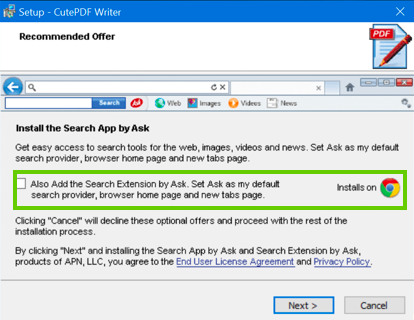
Remove PUPs via Windows 10 Settings



Remove PUPs via the Control Panel



Test your browser after removing any PUPs from your machine. This may require you to restart your browser or your computer beforehand depending on what was removed.
If your search experience hasn't returned to normal, the next step is to verify that all of Chrome's settings are where they should be in order to provide you with the search experience you're familiar with. If any settings were previously 'hijacked' by a malicious extension and were not reverted back to what they were originally set to, your search experience may still not be right.





Malicious programs may have added additional code to the shortcut you click on that launches Google Chrome. This type of change would cause Chrome to load a page you don't want loaded every time it is opened using this shortcut, despite the settings you are using within Chrome itself.




The first order of business is making sure that your browser is not holding onto some outdated or bad data in the form of an old cookie, cached version of the website it may be trying to load, etc. Clearing this data allows your browser to load the websites you're asking it to load freshly as if it had never been there before.




Google Chrome makes use of 'extensions' that can be added from the Chrome web store. Extensions are small software programs that customize your browsing experience. They allow users to tailor Chrome's functionality and behavior to meet certain individual needs or preferences. For example, things like ad blockers, visual themes that change Chrome's appearance, or even spell-checking extensions that can help make sure what you're typing on-screen is free of errors. Unfortunately, because of an extension's ability to alter Chrome's behavior, they can also change your homepage settings, search engine settings, etc. You may have inadvertently added an extension that has made some unexpected changes. Removing any extensions you don't want, don't need, or don't recognize is usually the best practice, and can return any altered settings back to normal.





Potentially unwanted programs, or "PUPs", often arrive bundled with your computer or can tag along with another software program you meant to install. Most times, they are snuck into the EULA as a "Recommended Offer" that many of us are so accustomed to just click right through. Lots of these types of programs end up being junkware that your computer will not benefit from. Unfortunately, some of these programs can add unwanted browser toolbars or extensions that can clutter your browser, track your web browsing, show additional advertisements, or change your search page and other related settings. Usually, unless these types of programs are removed, they will continue causing issues with your web browsing experience.

Removing an app may also remove all data for that app. Make sure you have any information you need backed up before removing an app for your Mac.
Remove apps installed from the App Store


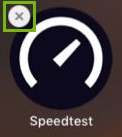

Remove apps via Finder

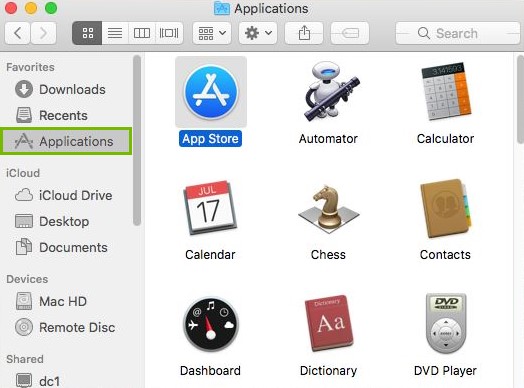
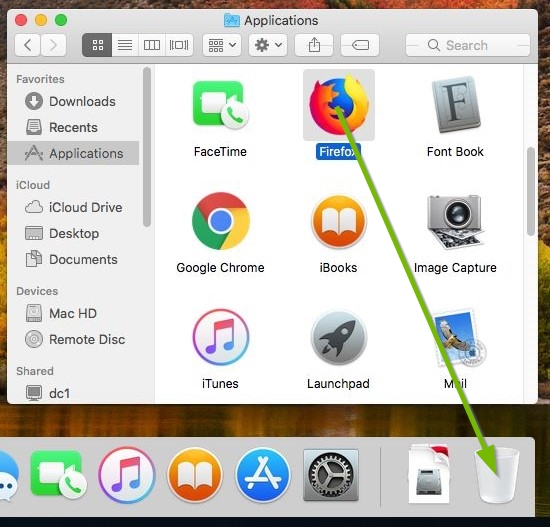
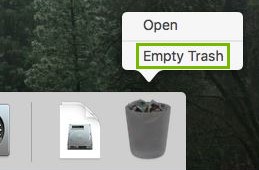
Test your browser after removing any PUPs from your machine. This may require you to restart your browser or your computer beforehand depending on what was removed.
Your web browser's homepage settings dictate the websites that are loaded when it is opened up. Malicious or scam programs can change these settings and cause issues. They can force an unwanted search page to load, blocking the legitimate one you want to use.




